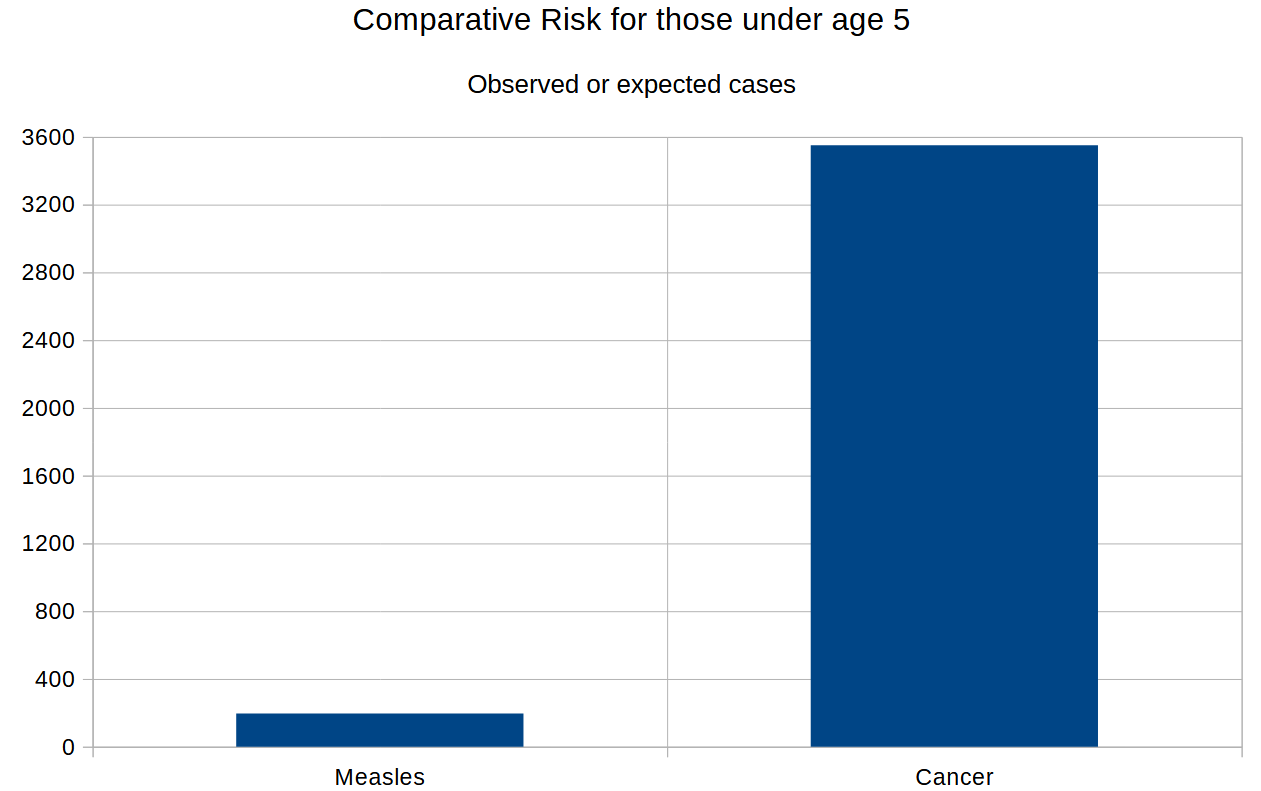Back in the 1980s and 1990s, the FDA was corrupt and it was going after the makers of dietary supplements in order to clear the field for new drugs that were coming out. One of the drugs was Prozac, a serotonin-reuptake inhibitor (keeps serotonin inside the synapse between nerve cells, so that it keeps sending its signal).
But Prozac had competition from the dietary supplement, L-tryptophan, or just tryptophan. Tryptophan is your body’s natural precursor to serotonin, and if you get an ample supply, then you will not feel the need to go on Prozac. As Prozac entered the market, a bad batch of tryptophan was found from a single maker, Showa Denko.
But the FDA wrote warnings about how this dietary supplement — which had been in use for decades safely — might be inherently unhealthy for you, because there was this bad batch which had come from this single producer. You may notice this same behavior from the FDA regarding ivermectin, when FDA implied it was horse paste.
Drug-lords employ street-corner thugs to make sure that no one else moves in on their business, and pharmaceutical giants “employ” the FDA for the exact same purpose: remove the competition, even using force, if necessary. A large part of the budget of the FDA is spent on demonizing relatively-safe dietary supplements.
This means that the priorities at the FDA are “out of whack.”
Another instance of lopsided priorities — reported on here by Dr. Malone — is the scare-mongering regarding measles. Proper priorities would focus on top killers, not the smaller dangers such as measles. Here is a side-by-side comparison to help with perspective:
Compared to the expected number of cancers in young kids at right, the observed number of measles cases is relatively small. Besides this wide disparity in incidence, cancer is much worse as a condition. If both incidence and morbidity/mortality were included in the comparative risk, the difference would widen much further.
But you don’t hear the FDA or CDC writing warnings about cancer very much. The largest share of childhood cancers come from leukemia, and brain cancer is high on the list as well. Both of these cancers have data showing that electromagnetic fields (EMFs) matter. Here is a report citing the low-frequency EMF created by power lines:
While power lines are related to leukemia, wireless telecommunications radiation — such as from cell phones — are related to brain cancer. But you will not hear the FDA or CDC create a big warning about that, due to the financial interests involved. With the new administration now, things could change. Priorities might become reasonable.
Things that create 100 times the death might start to get 100 times the funding, and things not creating much death at all — such as measles — might not persistently remain in the spotlight, overshadowing the real dangers that we face. We can hope.
Reference
[196 cases of measles (so far) in those under age 5] — https://www.cdc.gov/measles/data-research/index.html
[young kids (under age 5) get cancer at a rate of 18 per 100,000 (2019 USA)] — https://ourworldindata.org/grapher/cancer-incidence-rate-by-age-group?time=2018..2019&country=~USA
[largest contributor to childhood cancer (leukemia) is related to EMFs] — Lewandowska AM, Rudzki M, Rudzki S, Lewandowski T, Laskowska B. Environmental risk factors for cancer - review paper. Ann Agric Environ Med. 2019 Mar 22;26(1):1-7. doi: 10.26444/aaem/94299. Epub 2018 Oct 17. PMID: 30922021. https://www.aaem.pl/Environmental-risk-factors-for-cancer-review-paper,94299,0,2.html




